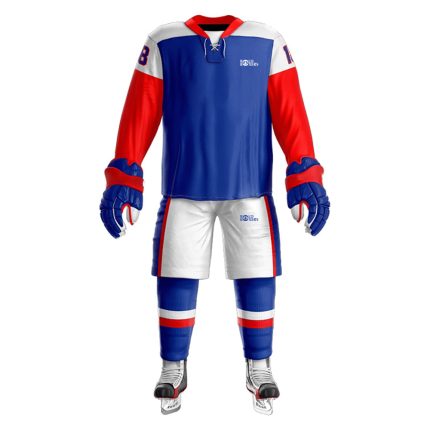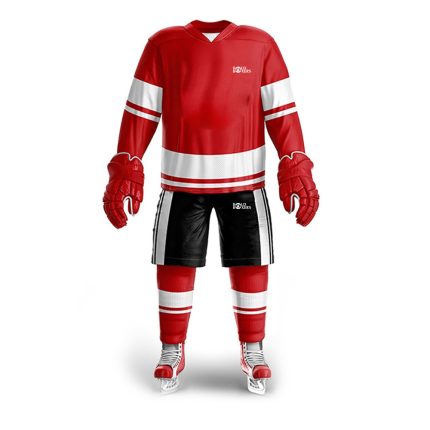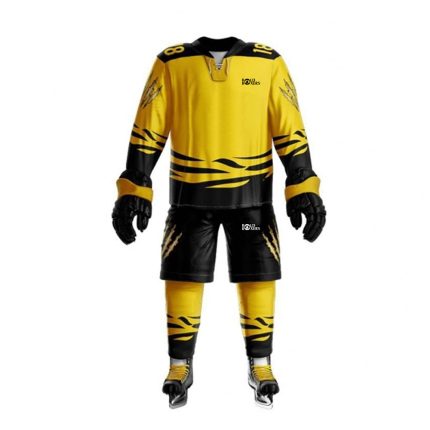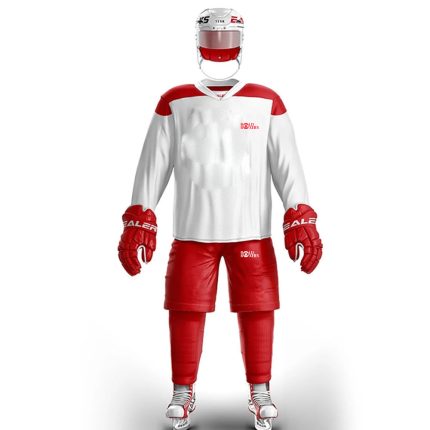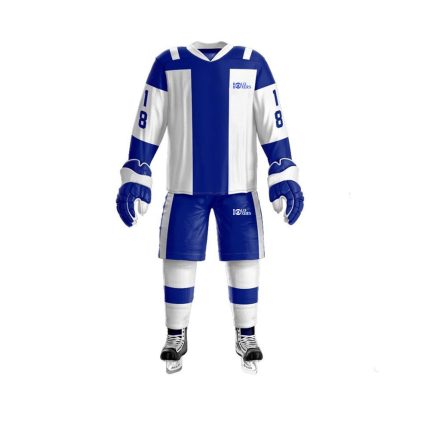Kicking Shields
- Kicking shields are training equipment used primarily in martial arts, particularly in disciplines like Muay Thai, kickboxing, and taekwondo.
- They are typically made of dense foam or high-impact resistant materials, providing a padded surface for practicing kicks and strikes.
- Kicking shields come in various shapes and sizes, including rectangular, curved, or angled designs, catering to different training needs and techniques.
- They are held by a training partner or coach, providing a target for kicks, punches, and knee strikes during training sessions.
- Kicking shields help improve accuracy, power, and technique while also absorbing impact to reduce the risk of injury to both the practitioner and the holder.
- These training tools are versatile and can be used for a wide range of striking drills, including front kicks, roundhouse kicks, and side kicks.
- Kicking shields are commonly used in martial arts dojos, gyms, and training facilities as essential equipment for developing striking skills and conditioning.
Kicking Shields
- Kicking shields are training equipment used primarily in martial arts, particularly in disciplines like Muay Thai, kickboxing, and taekwondo.
- They are typically made of dense foam or high-impact resistant materials, providing a padded surface for practicing kicks and strikes.
- Kicking shields come in various shapes and sizes, including rectangular, curved, or angled designs, catering to different training needs and techniques.
- They are held by a training partner or coach, providing a target for kicks, punches, and knee strikes during training sessions.
- Kicking shields help improve accuracy, power, and technique while also absorbing impact to reduce the risk of injury to both the practitioner and the holder.
- These training tools are versatile and can be used for a wide range of striking drills, including front kicks, roundhouse kicks, and side kicks.
- Kicking shields are commonly used in martial arts dojos, gyms, and training facilities as essential equipment for developing striking skills and conditioning.
Kicking Shields
- Kicking shields are training equipment used primarily in martial arts, particularly in disciplines like Muay Thai, kickboxing, and taekwondo.
- They are typically made of dense foam or high-impact resistant materials, providing a padded surface for practicing kicks and strikes.
- Kicking shields come in various shapes and sizes, including rectangular, curved, or angled designs, catering to different training needs and techniques.
- They are held by a training partner or coach, providing a target for kicks, punches, and knee strikes during training sessions.
- Kicking shields help improve accuracy, power, and technique while also absorbing impact to reduce the risk of injury to both the practitioner and the holder.
- These training tools are versatile and can be used for a wide range of striking drills, including front kicks, roundhouse kicks, and side kicks.
- Kicking shields are commonly used in martial arts dojos, gyms, and training facilities as essential equipment for developing striking skills and conditioning.
Kicking Shields
- Kicking shields are training equipment used primarily in martial arts, particularly in disciplines like Muay Thai, kickboxing, and taekwondo.
- They are typically made of dense foam or high-impact resistant materials, providing a padded surface for practicing kicks and strikes.
- Kicking shields come in various shapes and sizes, including rectangular, curved, or angled designs, catering to different training needs and techniques.
- They are held by a training partner or coach, providing a target for kicks, punches, and knee strikes during training sessions.
- Kicking shields help improve accuracy, power, and technique while also absorbing impact to reduce the risk of injury to both the practitioner and the holder.
- These training tools are versatile and can be used for a wide range of striking drills, including front kicks, roundhouse kicks, and side kicks.
- Kicking shields are commonly used in martial arts dojos, gyms, and training facilities as essential equipment for developing striking skills and conditioning.
Kicking Shields
- Kicking shields are training equipment used primarily in martial arts, particularly in disciplines like Muay Thai, kickboxing, and taekwondo.
- They are typically made of dense foam or high-impact resistant materials, providing a padded surface for practicing kicks and strikes.
- Kicking shields come in various shapes and sizes, including rectangular, curved, or angled designs, catering to different training needs and techniques.
- They are held by a training partner or coach, providing a target for kicks, punches, and knee strikes during training sessions.
- Kicking shields help improve accuracy, power, and technique while also absorbing impact to reduce the risk of injury to both the practitioner and the holder.
- These training tools are versatile and can be used for a wide range of striking drills, including front kicks, roundhouse kicks, and side kicks.
- Kicking shields are commonly used in martial arts dojos, gyms, and training facilities as essential equipment for developing striking skills and conditioning.
Kicking Shields
- Kicking shields are training equipment used primarily in martial arts, particularly in disciplines like Muay Thai, kickboxing, and taekwondo.
- They are typically made of dense foam or high-impact resistant materials, providing a padded surface for practicing kicks and strikes.
- Kicking shields come in various shapes and sizes, including rectangular, curved, or angled designs, catering to different training needs and techniques.
- They are held by a training partner or coach, providing a target for kicks, punches, and knee strikes during training sessions.
- Kicking shields help improve accuracy, power, and technique while also absorbing impact to reduce the risk of injury to both the practitioner and the holder.
- These training tools are versatile and can be used for a wide range of striking drills, including front kicks, roundhouse kicks, and side kicks.
- Kicking shields are commonly used in martial arts dojos, gyms, and training facilities as essential equipment for developing striking skills and conditioning.

